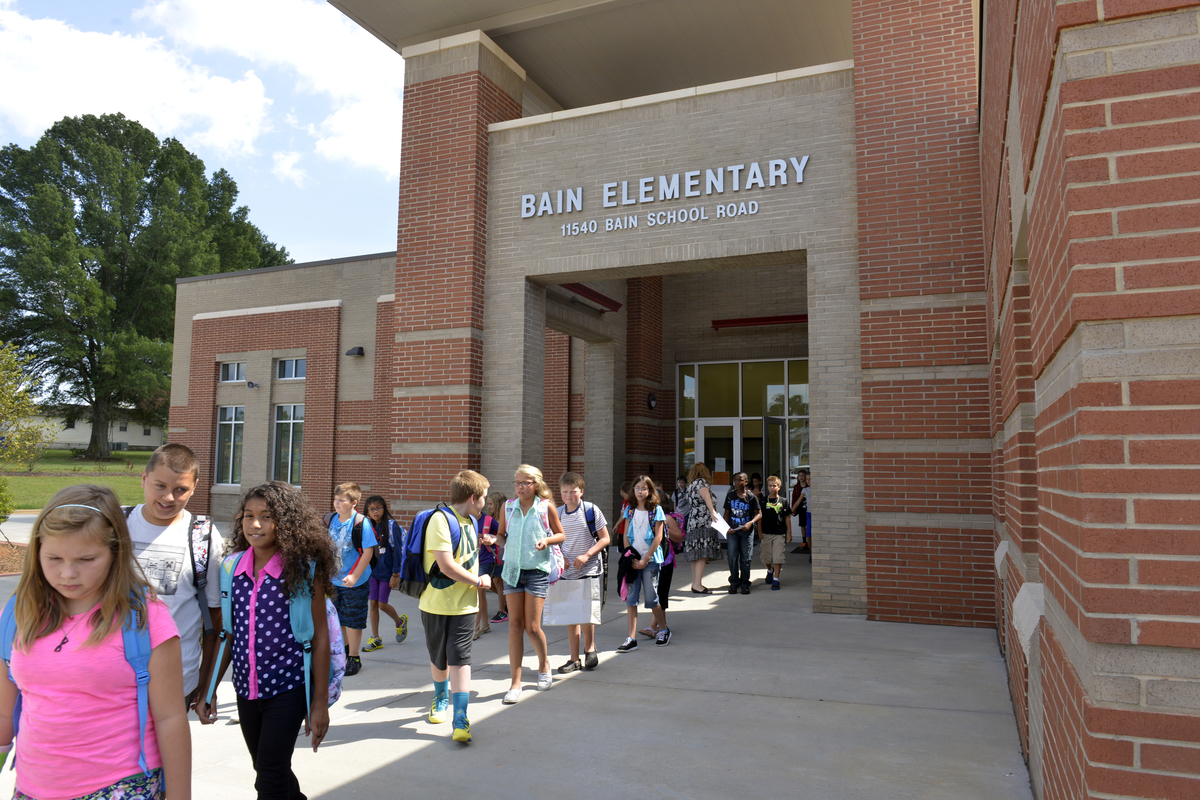CHARLOTTE, N.C. – Charlotte-Mecklenburg Schools are using “diversity ratings” to determine enrollment at magnet schools and redraw school boundaries in a quest to balance student populations based on socioeconomic status.
The district teamed with the Alves Educational Consultants Group to analyze Census data – income, single-parent homes, English as a second language, parents’ education, and home ownership – to classify students into three groups: low, medium and high socioeconomic status.
MORE NEWS: Know These Before Moving From Cyprus To The UK
According to the Charlotte Observer:
Those ratings are already shaping admission to magnet schools for 2017-18 and will likely influence boundary decisions for 2018-19. …
One of the school board’s goals in revising school boundaries is to break up concentrations of disadvantaged students. The next step is deciding how much emphasis the board will put on that quest, compared with other goals of preserving successful schools and making sure buildings aren’t overfilled or underused.
The new rankings, released this week, show what many people already know, that many schools enroll mostly low-income students, while at others affluent students make up the majority.
“Twenty-three schools have at least 90 percent of their students coming from the most disadvantaged neighborhoods, and 16 have no students from highly advantaged areas,” the news site reports. “Eight suburban neighborhood schools have at least 90 percent of their students coming from the highest socioeconomic group, and three of those have no students from the most disadvantaged areas.”
Of course, there’s plenty of schools that have a diverse mix of students with low, medium, and high socioeconomic status.
The keen focus on student status stems from a policy review that began in 2015 at the urging of community activists who wanted to increase diversity in schools by spreading poor students throughout the district.
But an online poll conducted by Charlotte-Mecklenburg Schools last year showed most parents were far more concerned with having a high-quality school near their home than on how “diverse” the student body is, the Observer reports.
MORE NEWS: How to prepare for face-to-face classes
[xyz-ihs snippet=”NEW-In-Article-Rev-Content-Widget”]
District officials opened the poll to everyone, and did not limit the number of times people could vote, and a total of 27,453 people weighed in.
“When parents were asked to rate the importance of a dozen factors that could play into choosing schools, issues such as principals and teachers, teaching methods and school environment were rated as very or extremely important by more than 90 percent, topping the list,” the Observer reported last March.
“Across the county, 86 percent rated schools close to home as very or extremely important, compared with fewer than 20 percent rating racial or income diversity that high. When parents were asked to choose the single most important factor, neighborhood schools rated highest, with 46 percent, compared with 3 percent and 1 percent for racial and income diversity.”
When the results came in, school officials pointed out that the poll wasn’t scientific, and it was completed by volunteers, and people could vote more than once, so it’s not a perfect reflection of what the community wants.
“This is intended to be one data point,” superintendent Ann Clark said, “one of many for the board.”
In November, the board voted to move forward with its diversity plan, first applying the balancing act to magnet schools through a lottery in 2017.
Clark called the move “an exciting and significant moment in Charlotte-Mecklenburg Schools history,” the Observer reports.
George Mason University public policy professor David Armor has a different take.
“I think it is so wrong-headed to put the emphasis on diversity,” Armor said. “It’s more of an ideology than it is based on really hard data.”
Armor predicted the board is plotting in the long-term for the type of “controlled choice” school district the Alves Educational Consultants promote, which require all students to apply for placement based on a lottery.
The school board is now planning to discuss neighborhood school boundaries this spring.


Join the Discussion
Comments are currently closed.